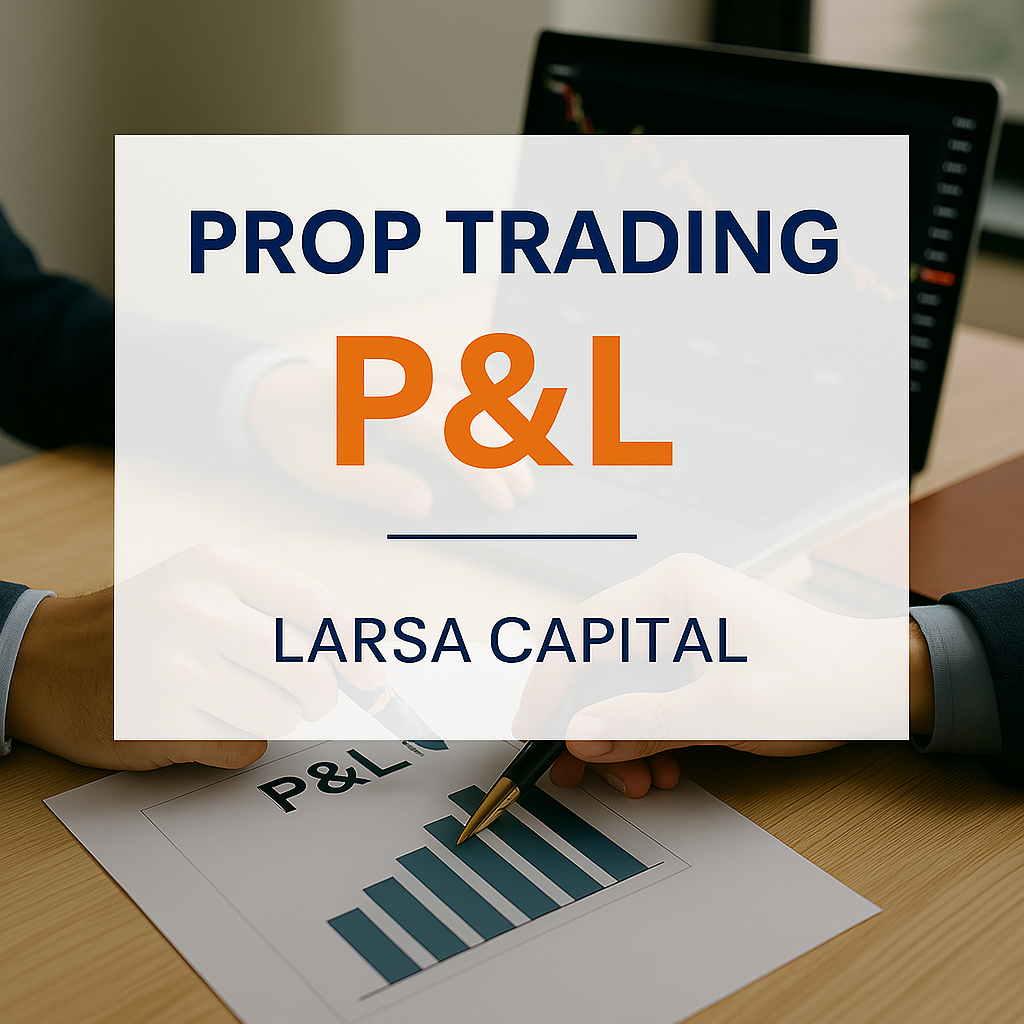Understanding P&L in Prop Trading: From Challenge to Payout
When stepping into the world of funded trading, understanding your prop trading P&L (Profit and Loss) is vital. It not only reflects your trading performance but also determines how you progress through evaluations and qualify for payouts. Without clarity on how P&L works, it’s easy to misjudge your risk or fall short of targets—even with good trades.
The Role of P&L in Prop Trading Evaluations
From the moment you begin a challenge, your prop trading P&L becomes the key performance indicator. It shows how well you manage risk, follow trading rules, and stay consistent. Unlike retail trading, you’re not just aiming for profit—you’re proving your ability to trade within a defined structure.
To move from challenge to funded stage, you often need to achieve a certain profit target, like 10%, while avoiding violations such as exceeding daily loss limits. Therefore, closely tracking your P&L after every trade is not just helpful—it’s necessary.
How to Track and Manage Your Prop Trading P&L
1. Use a Trading Journal
Document each trade with entry, exit, reason, and outcome. This builds awareness and helps you spot patterns.
2. Focus on Risk-to-Reward Ratios
Before entering a position, calculate how much you stand to gain versus lose. A solid R:R ratio ensures that your wins outweigh your losses.
3. Review Your Metrics Weekly
Beyond daily profits or losses, review your drawdown, consistency, and win rate. This broader view offers better insight into whether your current strategy supports long-term payout success.
Why Prop Trading P&L Affects Your Payout Timeline
Reaching the payout stage isn’t just about hitting a profit target once. Prop firms like Larsa Capital assess how sustainable and rule-compliant your performance is. If your P&L reflects a smooth equity curve and disciplined execution, you’ll likely receive quicker payouts and unlock scaling opportunities.
On the other hand, erratic performance—even if profitable—may delay funding or lead to review. That’s why it’s not just about profits, but how you earn them.
Final Thoughts
Your prop trading P&L serves as a roadmap from evaluation to real earnings. Mastering it means more than chasing green numbers—it means managing risk, refining your edge, and trading with purpose. When you understand and track your P&L with intention, you’re setting yourself up for consistent growth and reliable payouts with platforms like Larsa Capital.

